~ことから… is a rather formal expression to describe the origin or history behind a name/nickname. It can be used to describe a reason for an established fact.
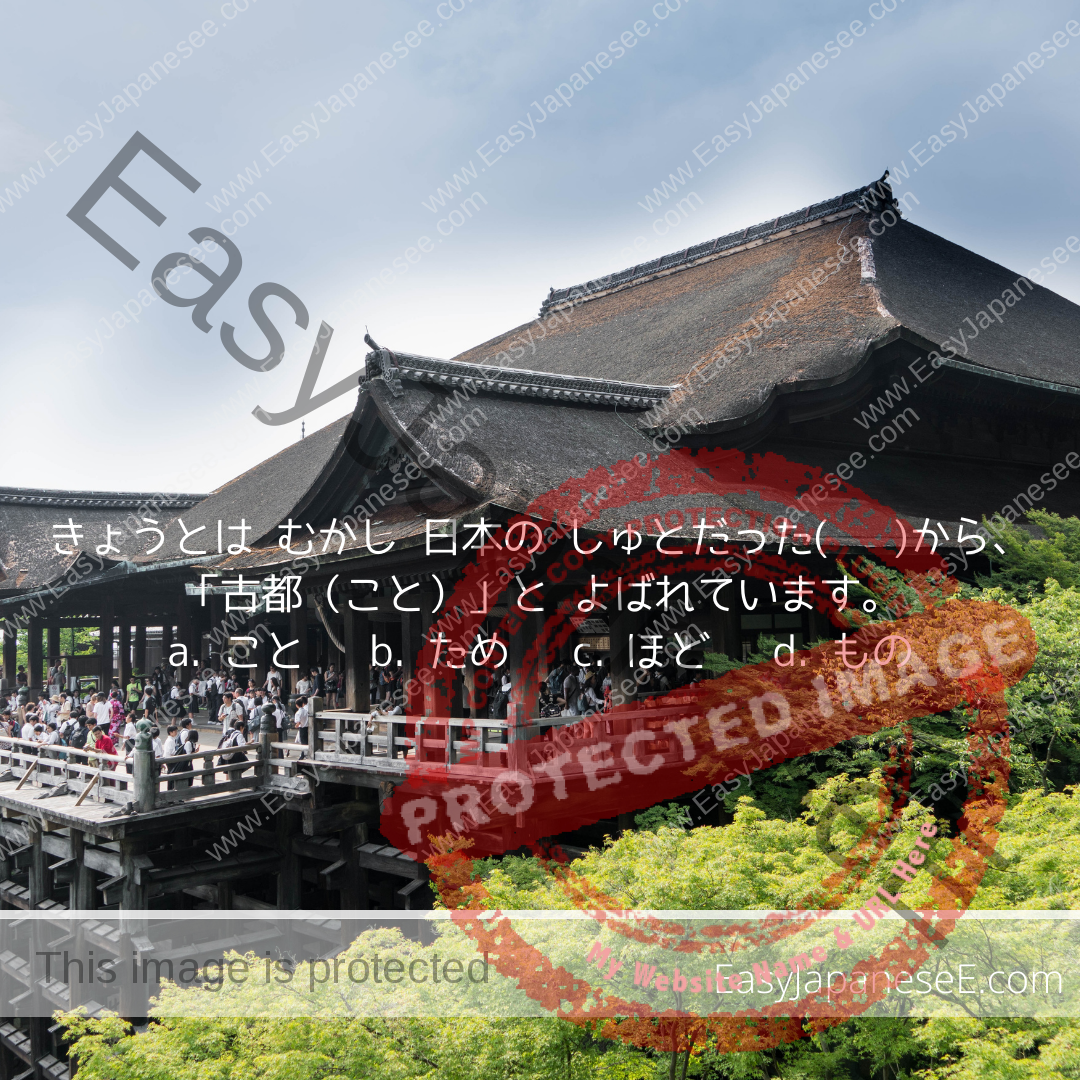

~ことから… is a rather formal expression to describe the origin or history behind a name/nickname. It can be used to describe a reason for an established fact.
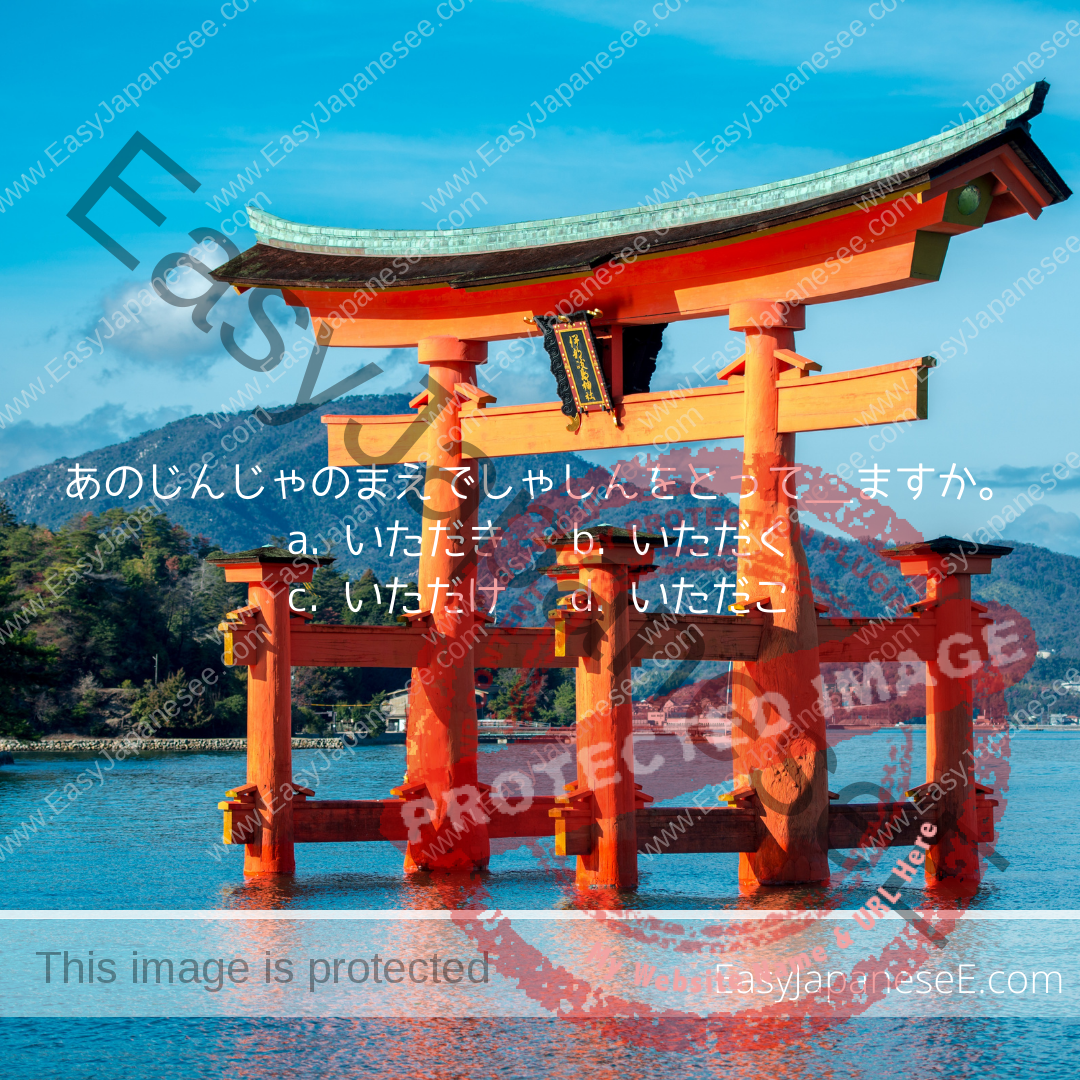
[てform] + いただけますか/いただけませんか is a very polite way of asking someone for a favour. They are almost the same as [てform] + くださいますか/くださいませんか respectively.
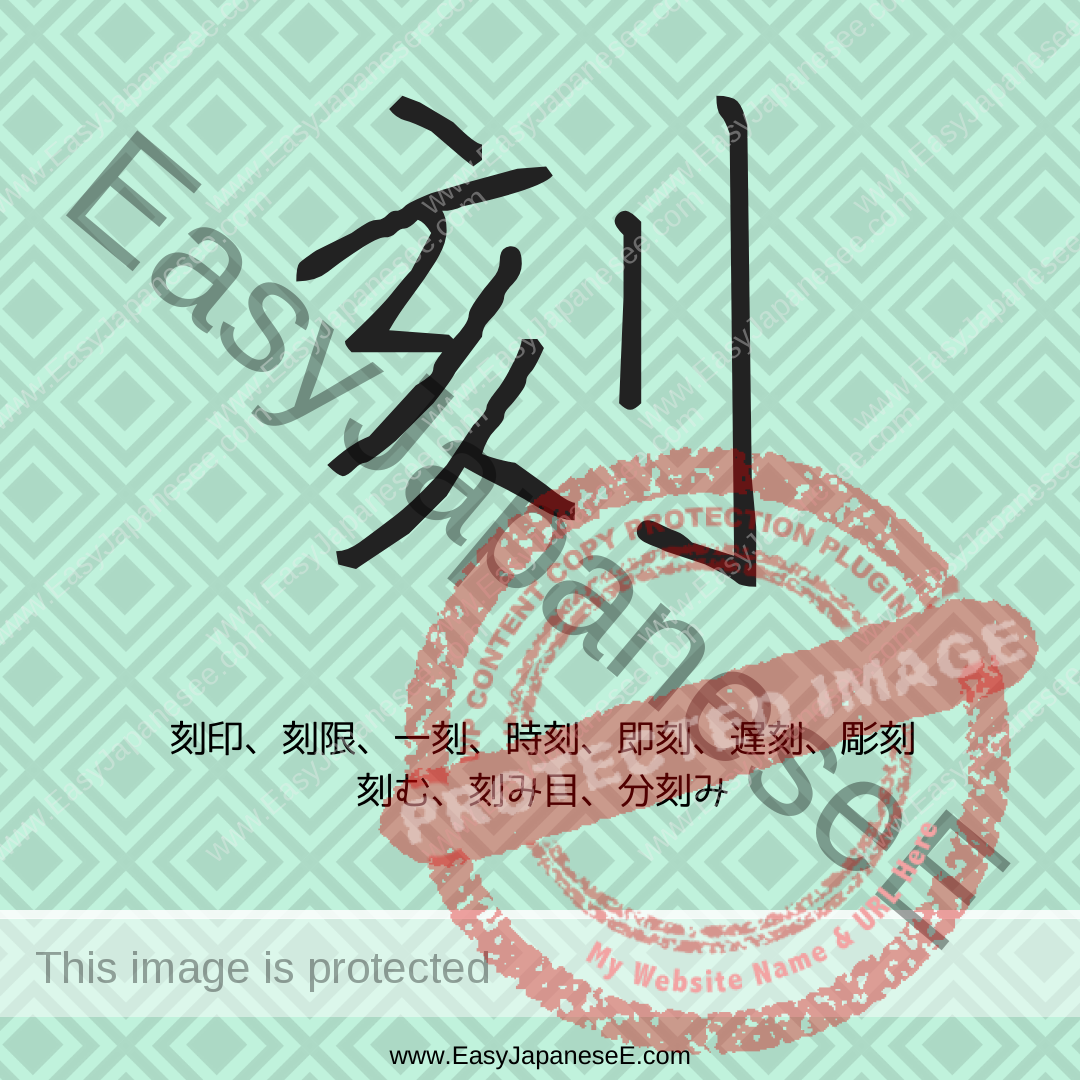
Today’s #kanji is 刻, which is listed under its semantic element of #りっとう(刂), which means a sword. Its phonetic element is 亥 although 刻 and 亥 don’t share a sound
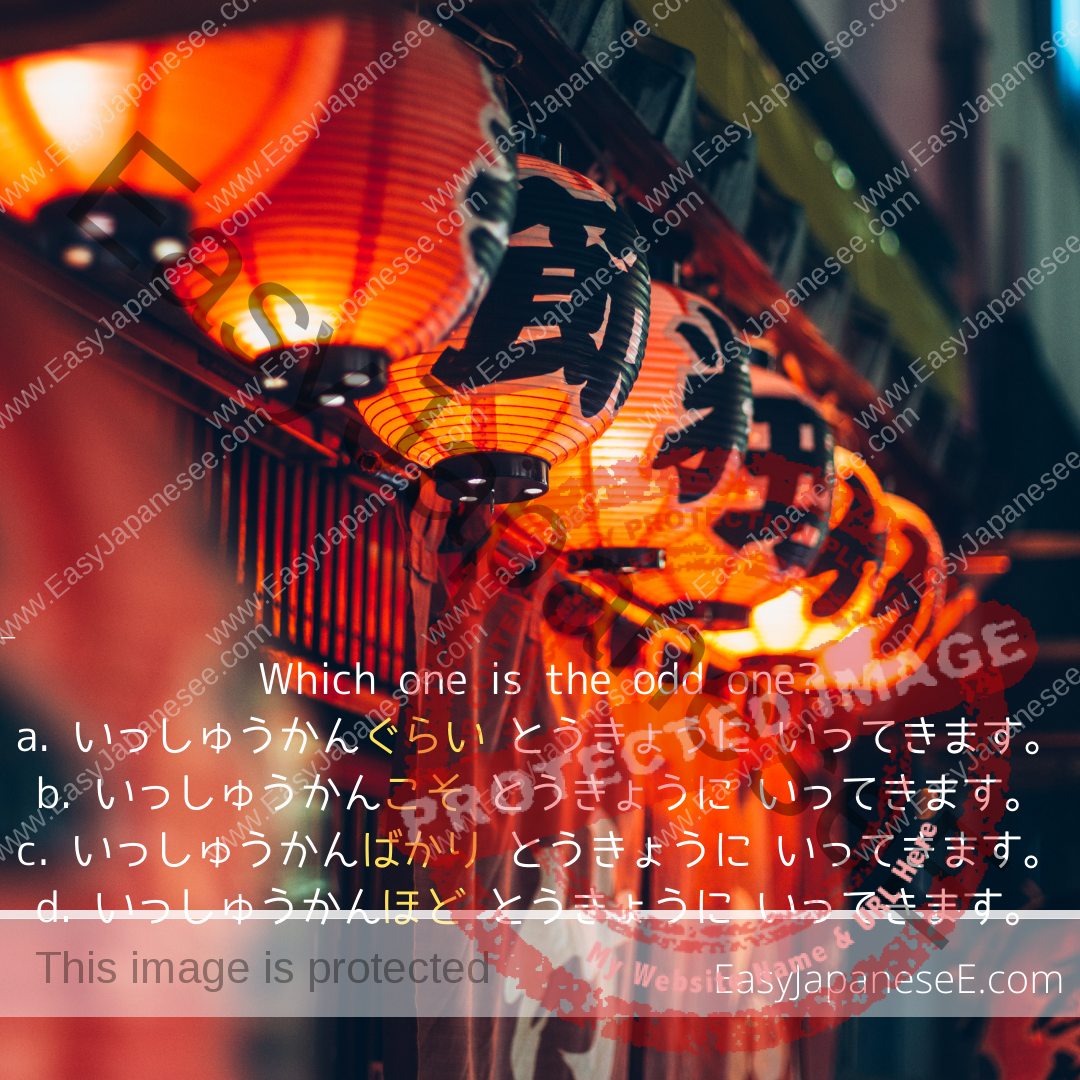
~ばかり is another particle used to describe the extent of a condition but it used in a variety of meaning. Check example sentences here.
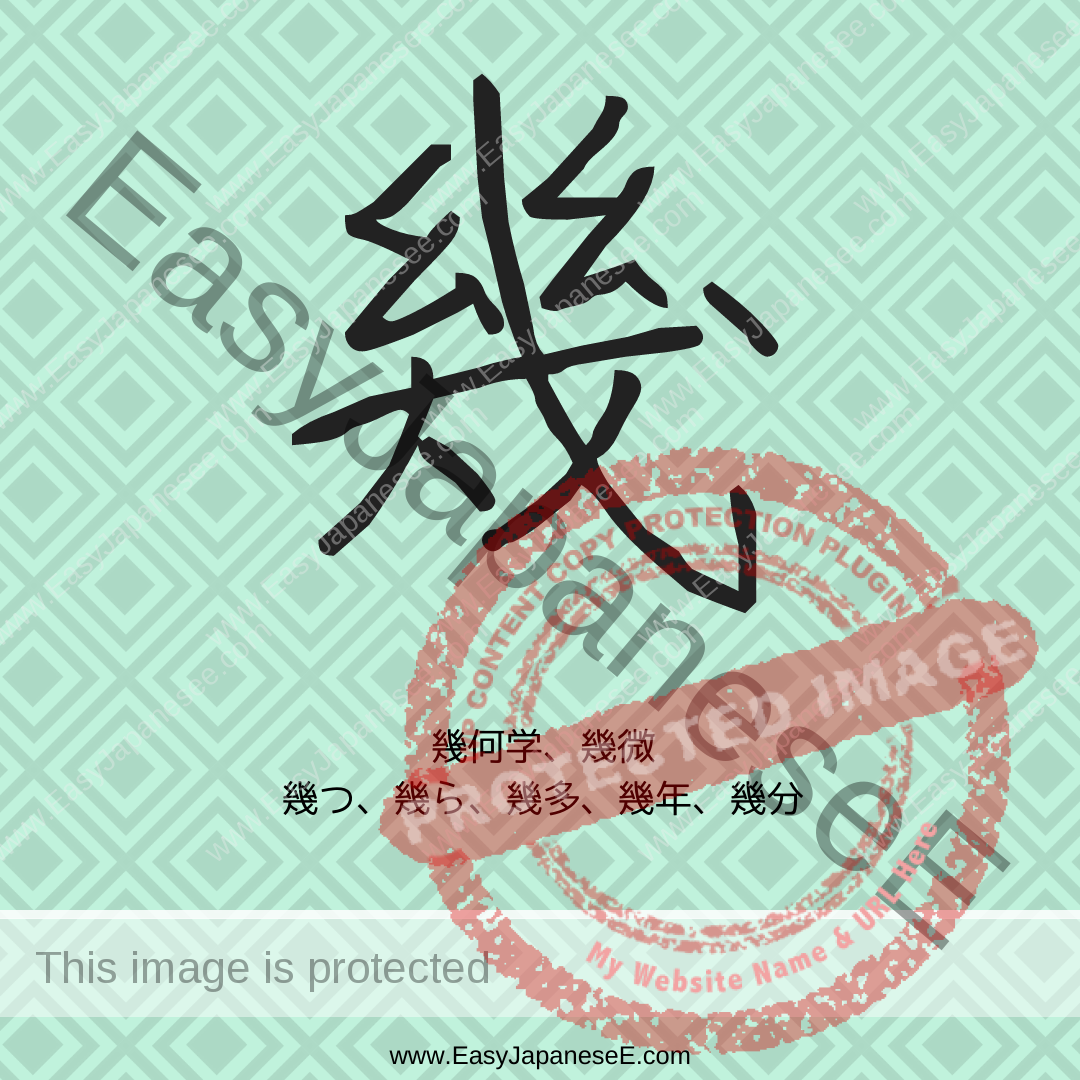
Today’s #kanji is 幾, which is listed under #いとがしら(幺) and it is a compound ideograph made of 幺x2 meaning “very small” and 戍 meaning “soldiers defending.”
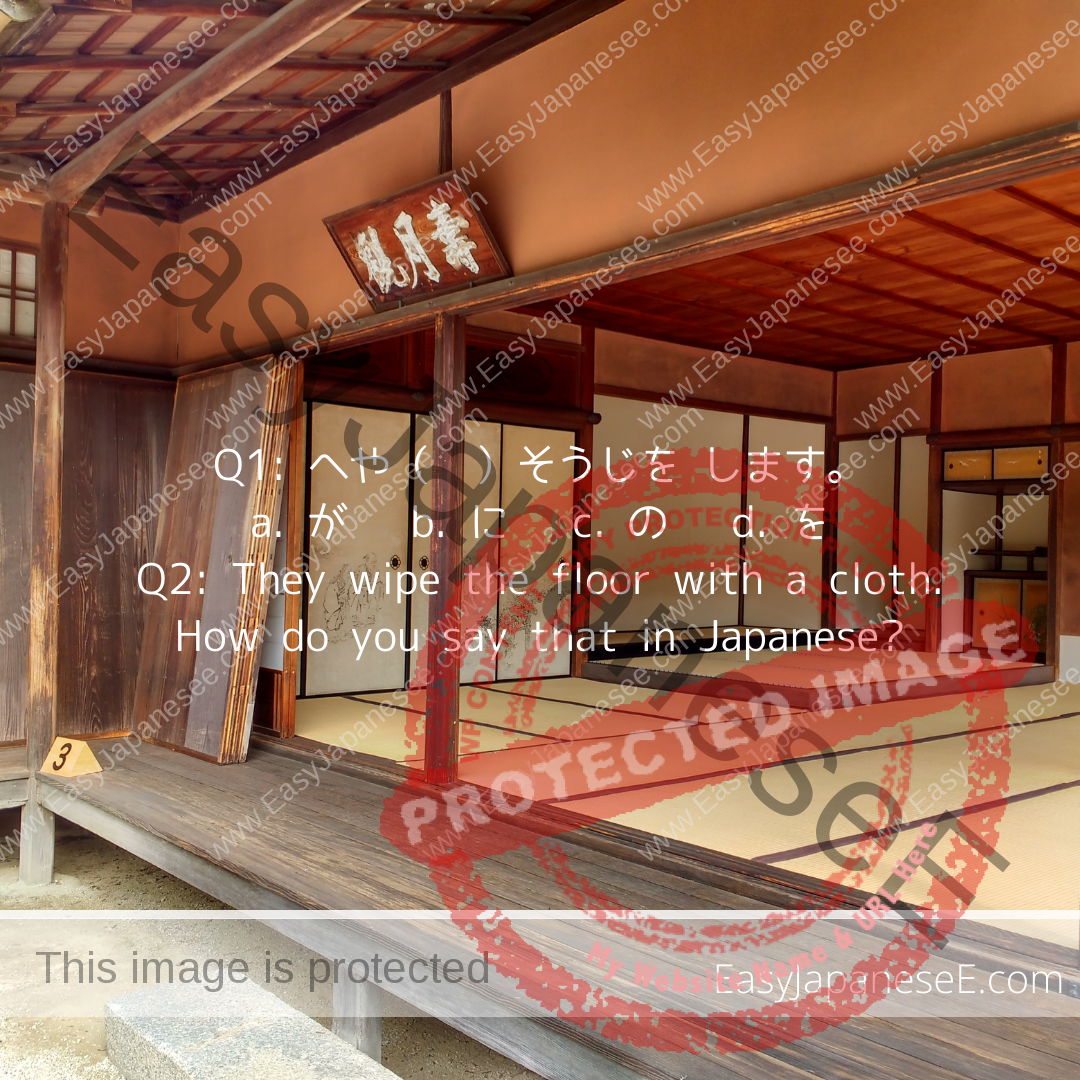
そうじ is the generic Japanese noun for “cleaning.” This post talks about various Japanese words related to “cleaning” and some traditional cleaning tools.
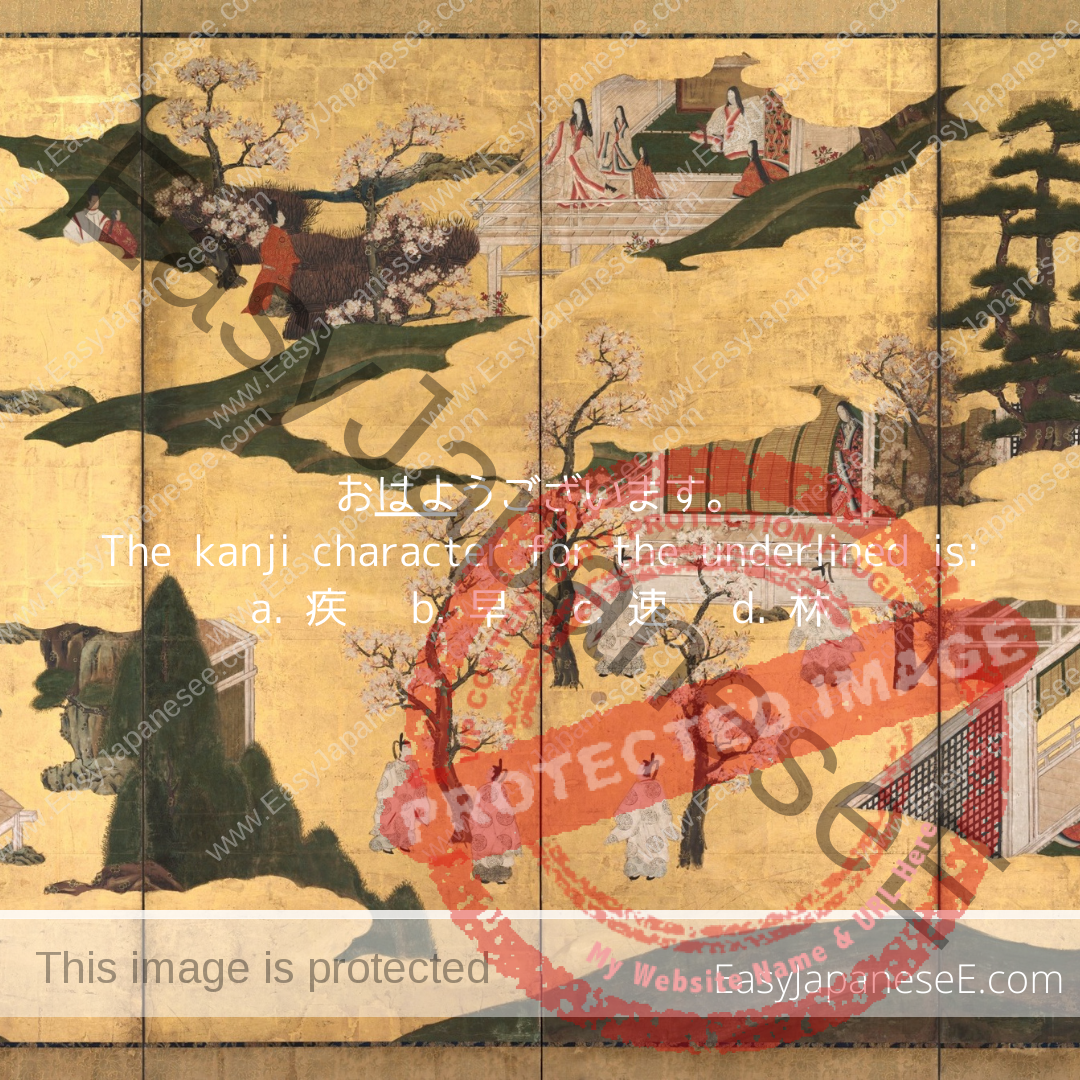
ございます is a politer say of saying です or あります but it cannot be used after an いadjective. This post explains what you need to do to use it with an いadjective.
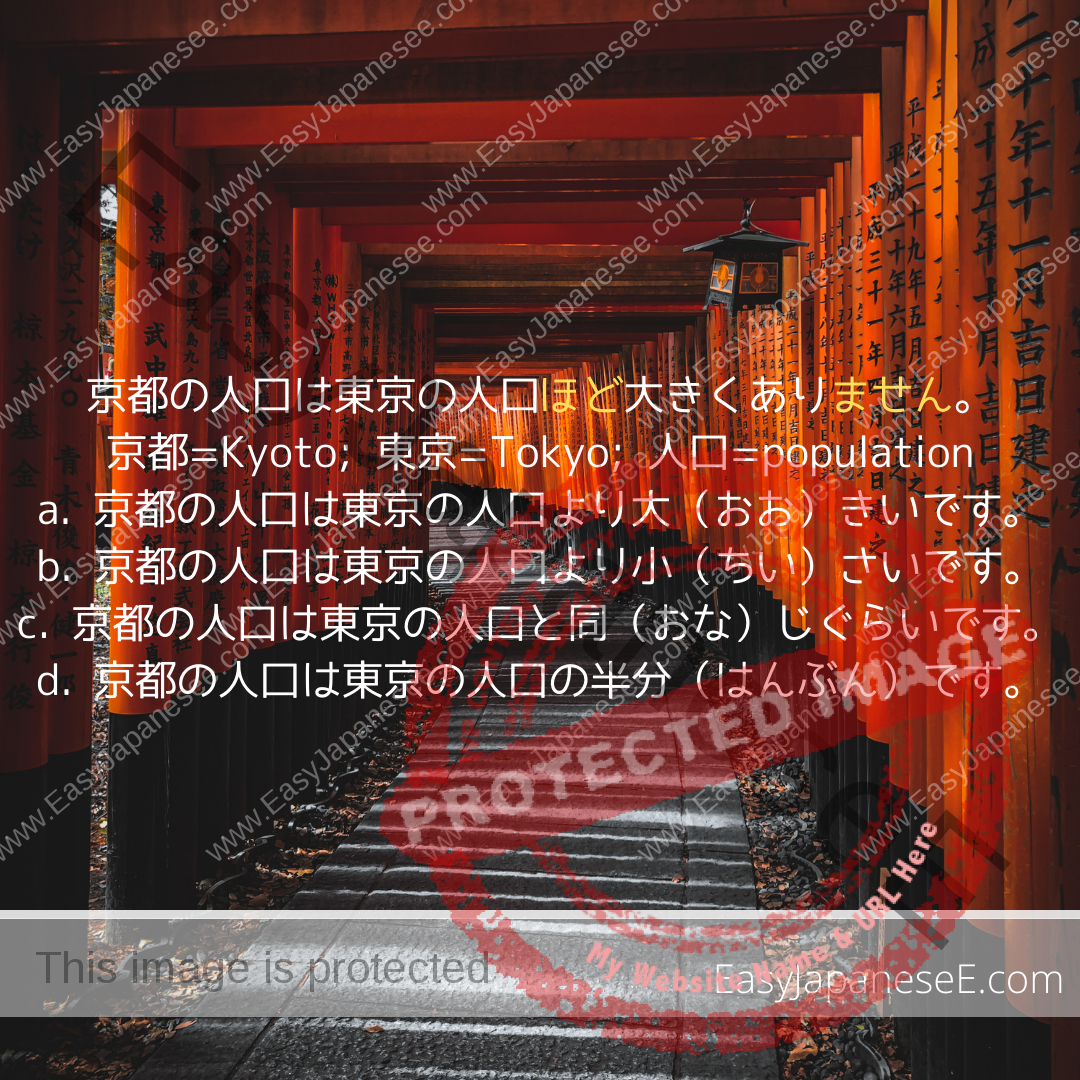
~ほど is a particle for describing an extent of a condition. It’s often used in a negative sentence though it is possible to use it in an affirmative sentence.
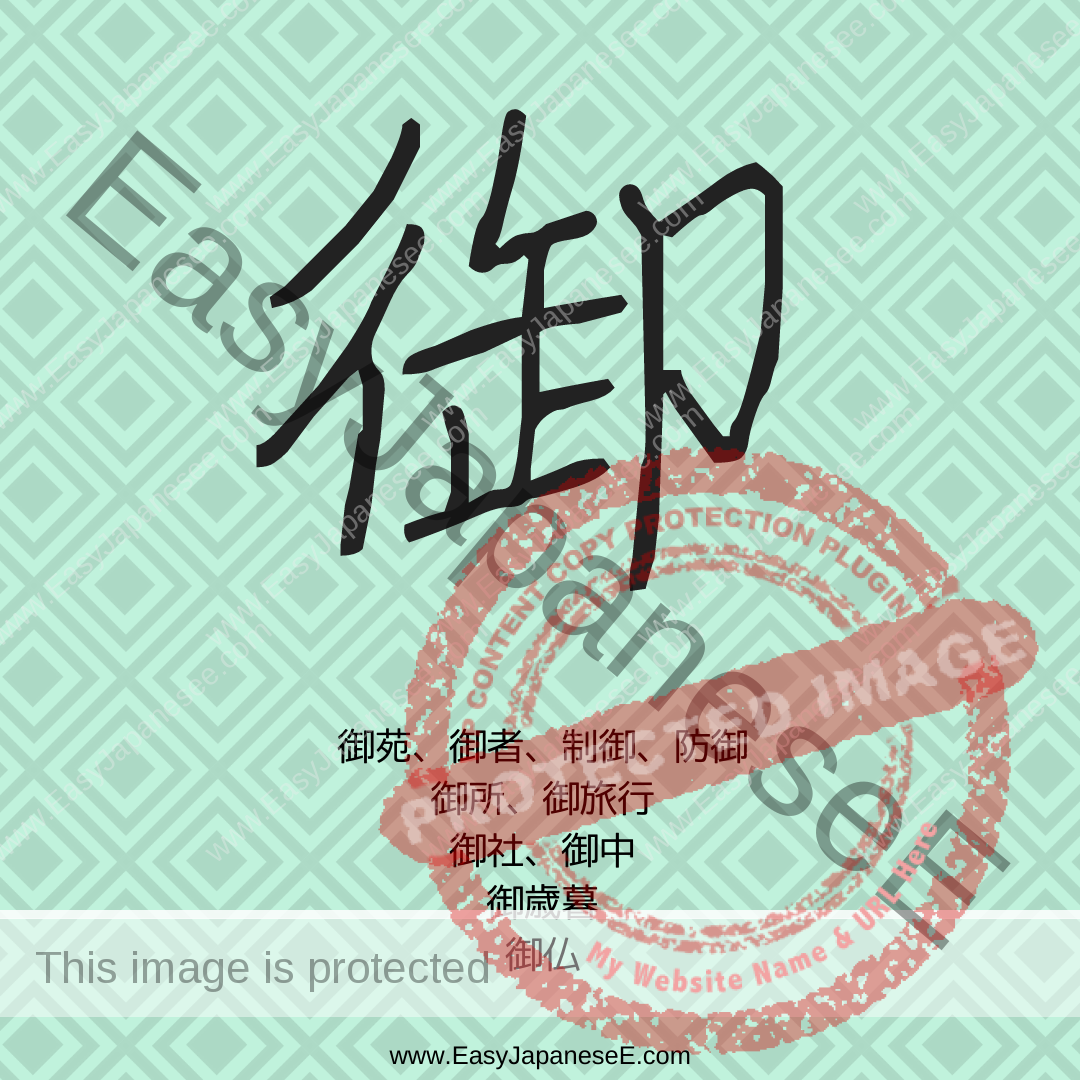
Today’s #kanji is 御, which is a compound ideograph made of ぎょうにんべん(彳、going forward) and 卸 (letting the horse go after stopping a horse drawn cart).
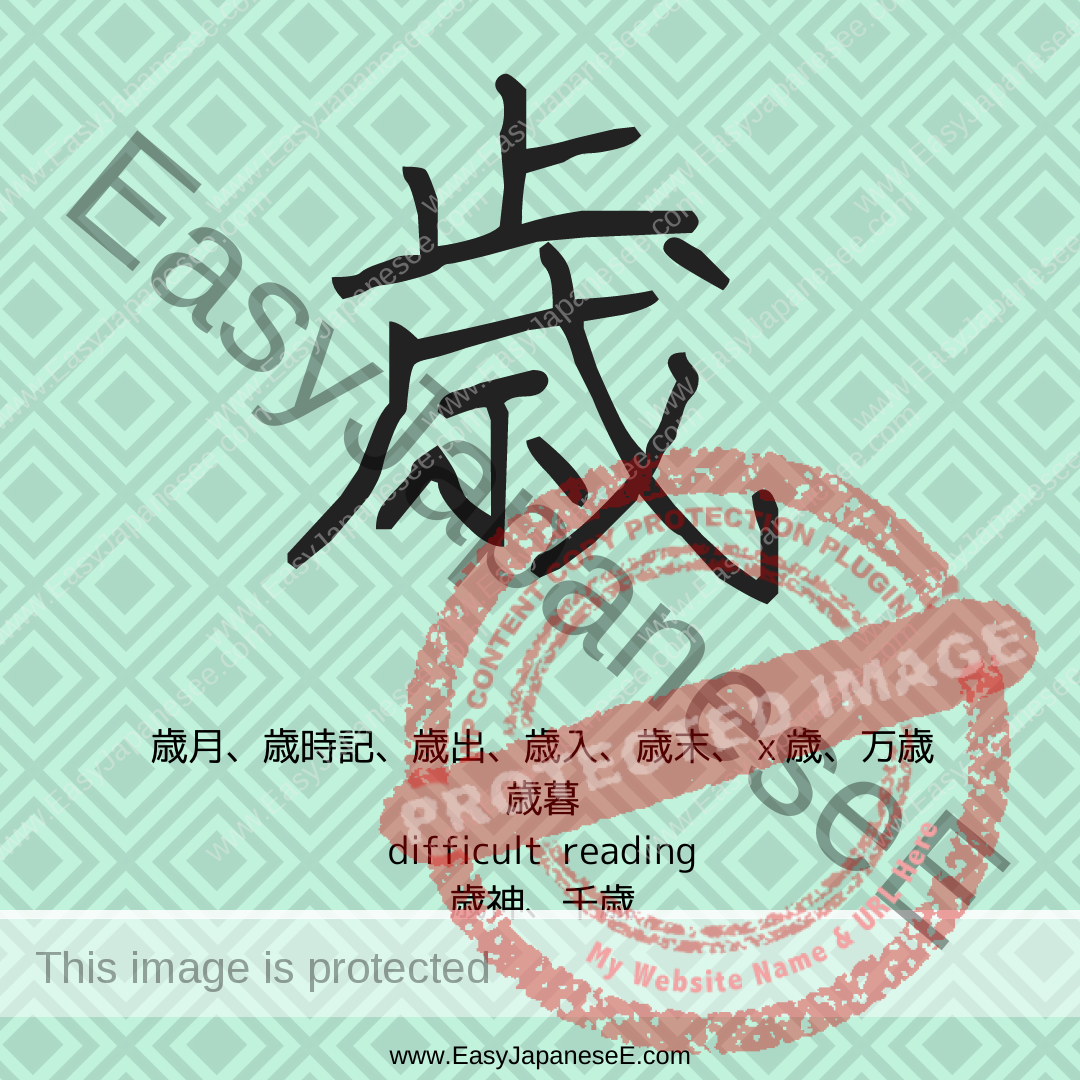
Today’s #kanji is 歳, which is listed under #とめへん(止). However, its semantic element is 歩 and phonetic element is 戉 though 歳 and 戉 don’t share a sound.
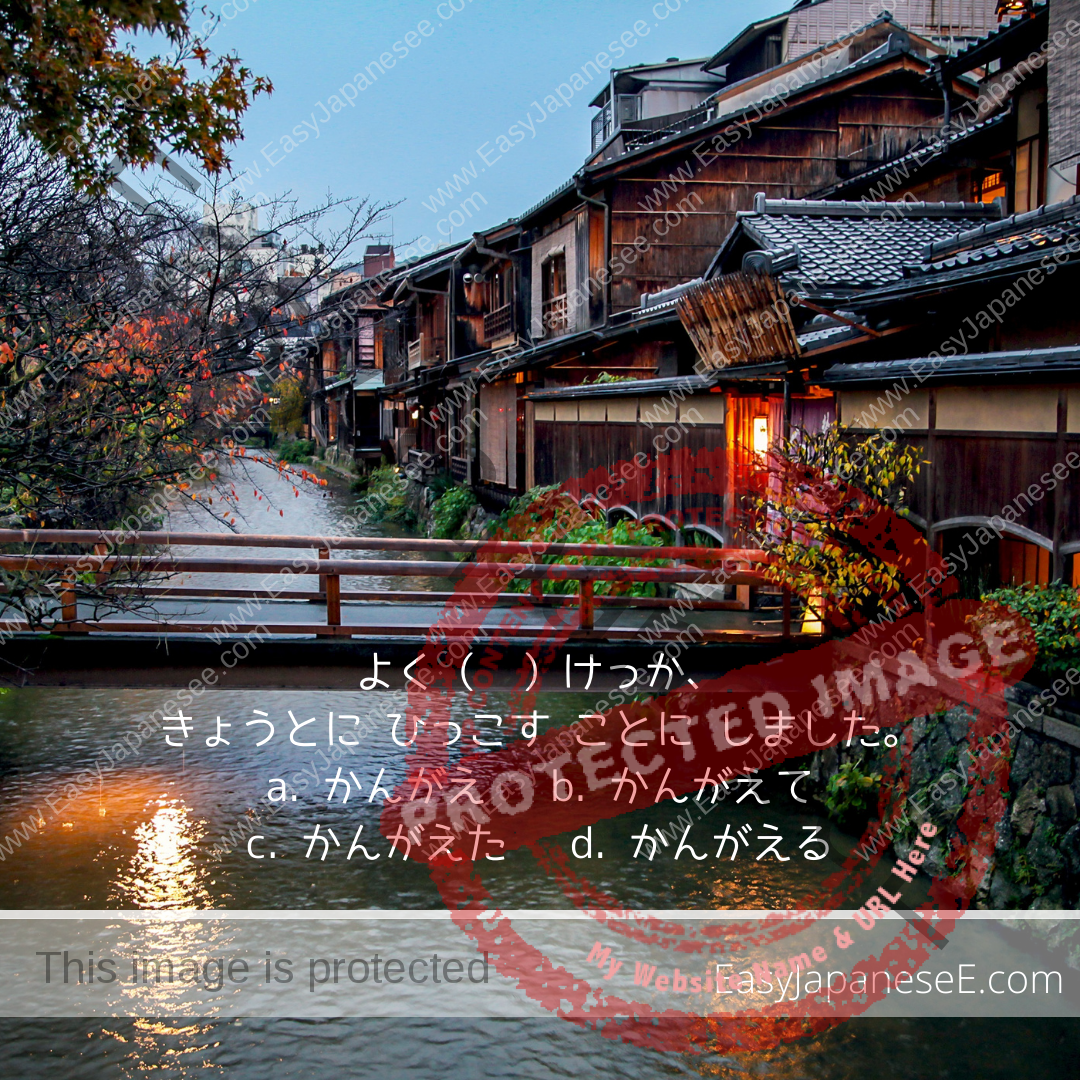
けっか itself is a noun meaning “result” but ~けっか、 can be used like a conjunction meaning “as the result of ~, ….” This post has examples.

This post is about different ways of crying, which is often described with なく in Japanese. Read example sentences for different ways of crying.
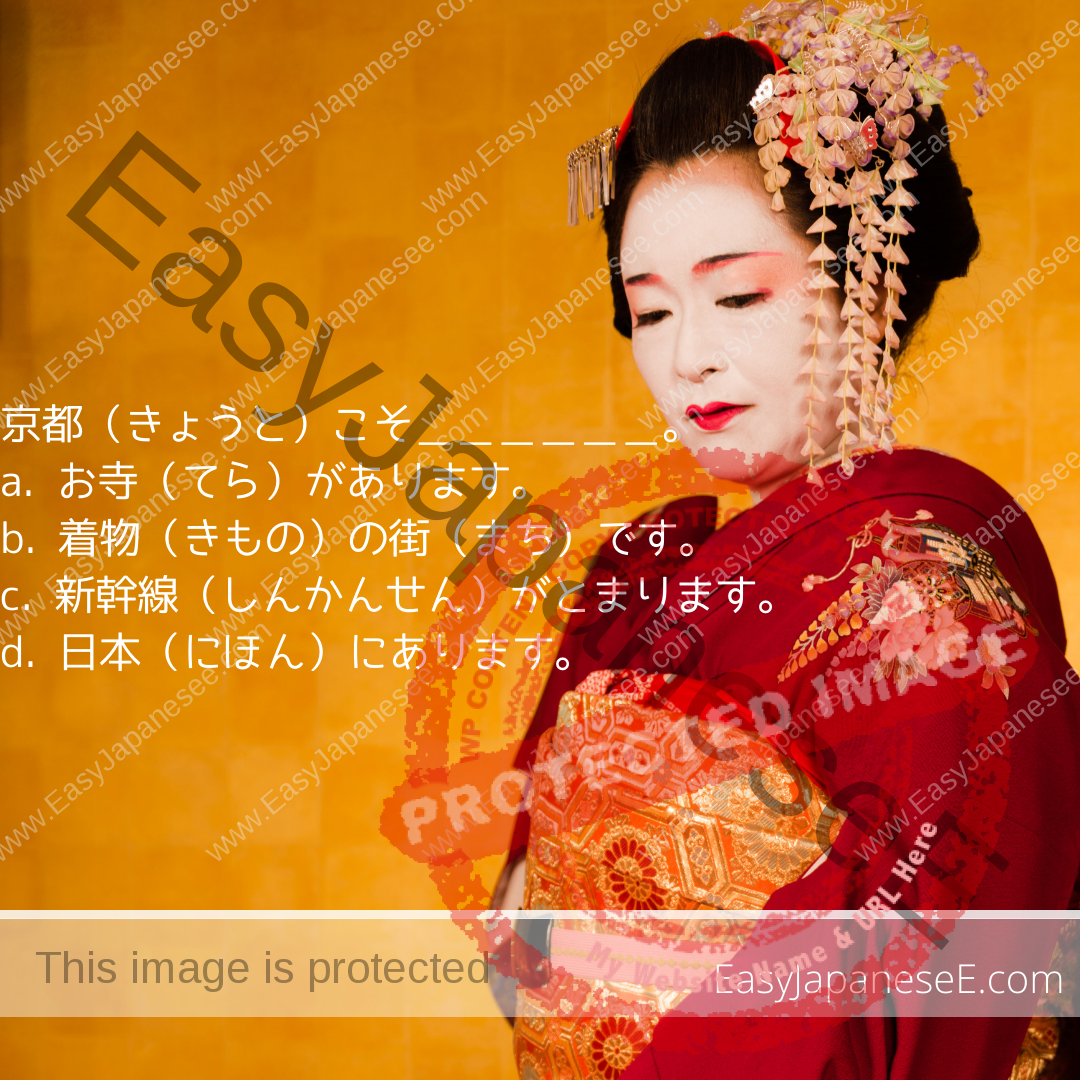
~こそ is an expression for emphasis. It emphasises someone/something by selecting him/her/it over others. This post explains how it’s used.
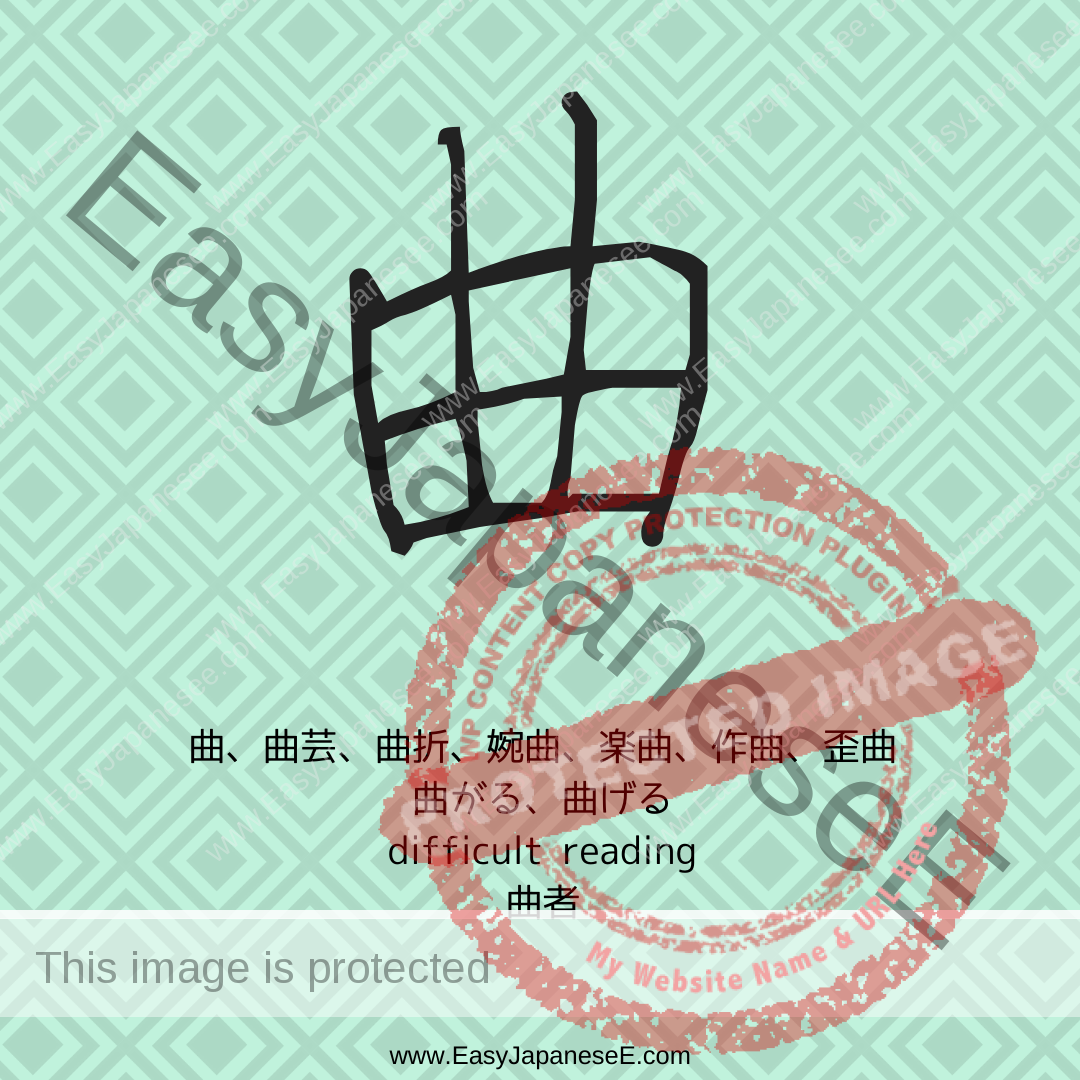
Today’s #kanji is 曲, which is listed under the radical of #ひらび(日) but it is a pictograph of a round container made by bending wood.
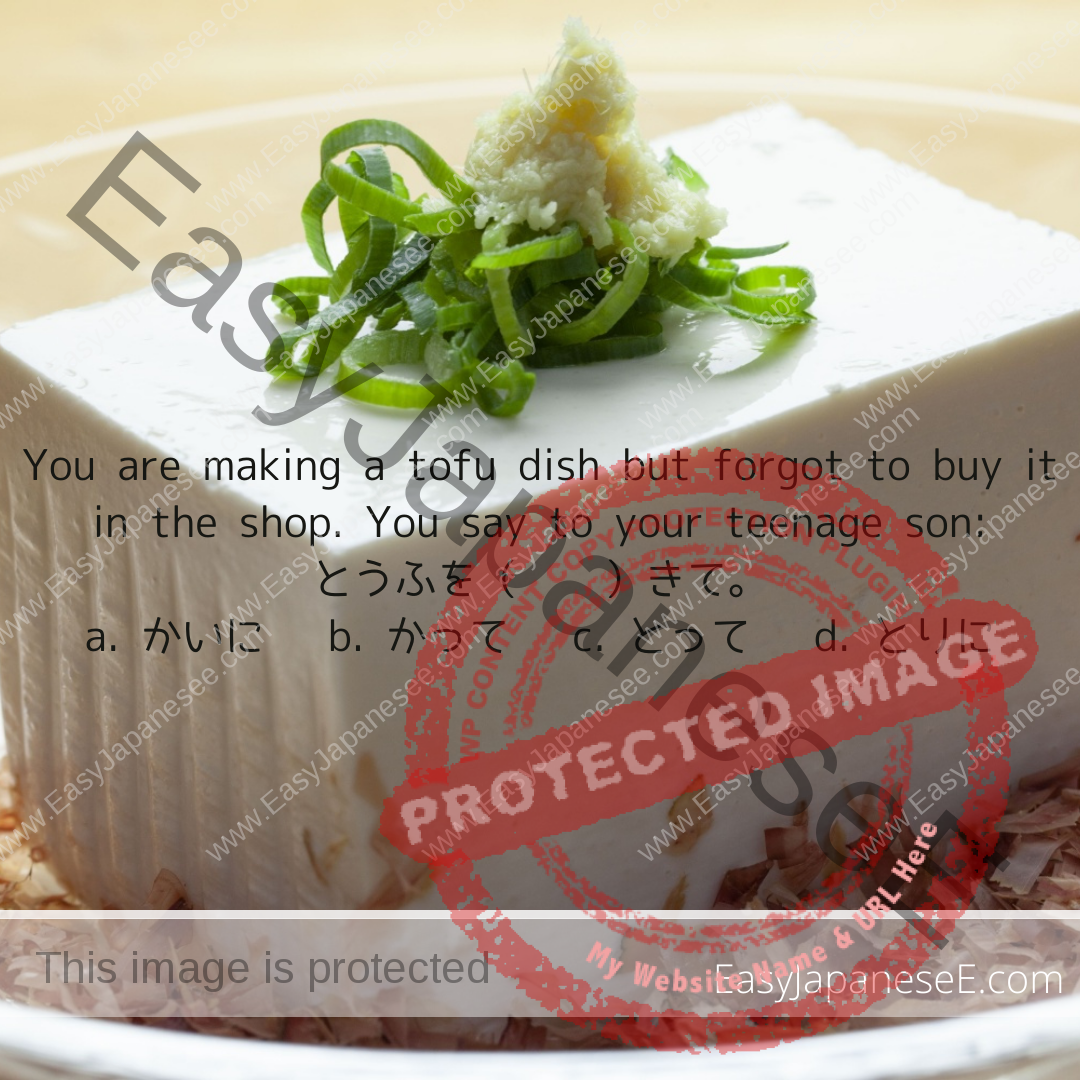
くる is a verb that means “to come” but てくる, which is a combination of the てform of a verb and the auxiliary verb くる can have various meanings.
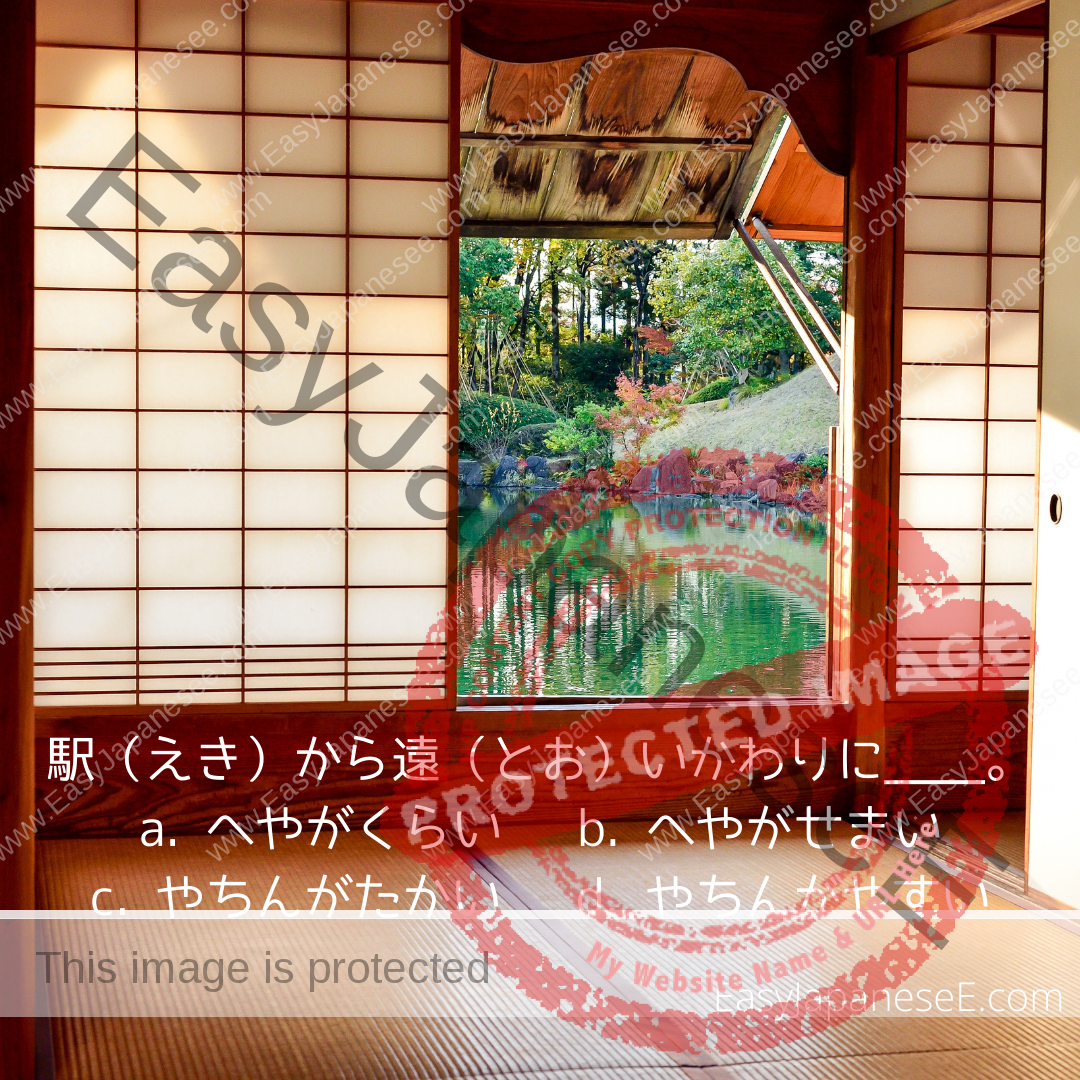
~かわりに is used to mention an alternative. Also it can be used to mention 2 opposing facts as if one good side is making up for the other bad side or vise versa.
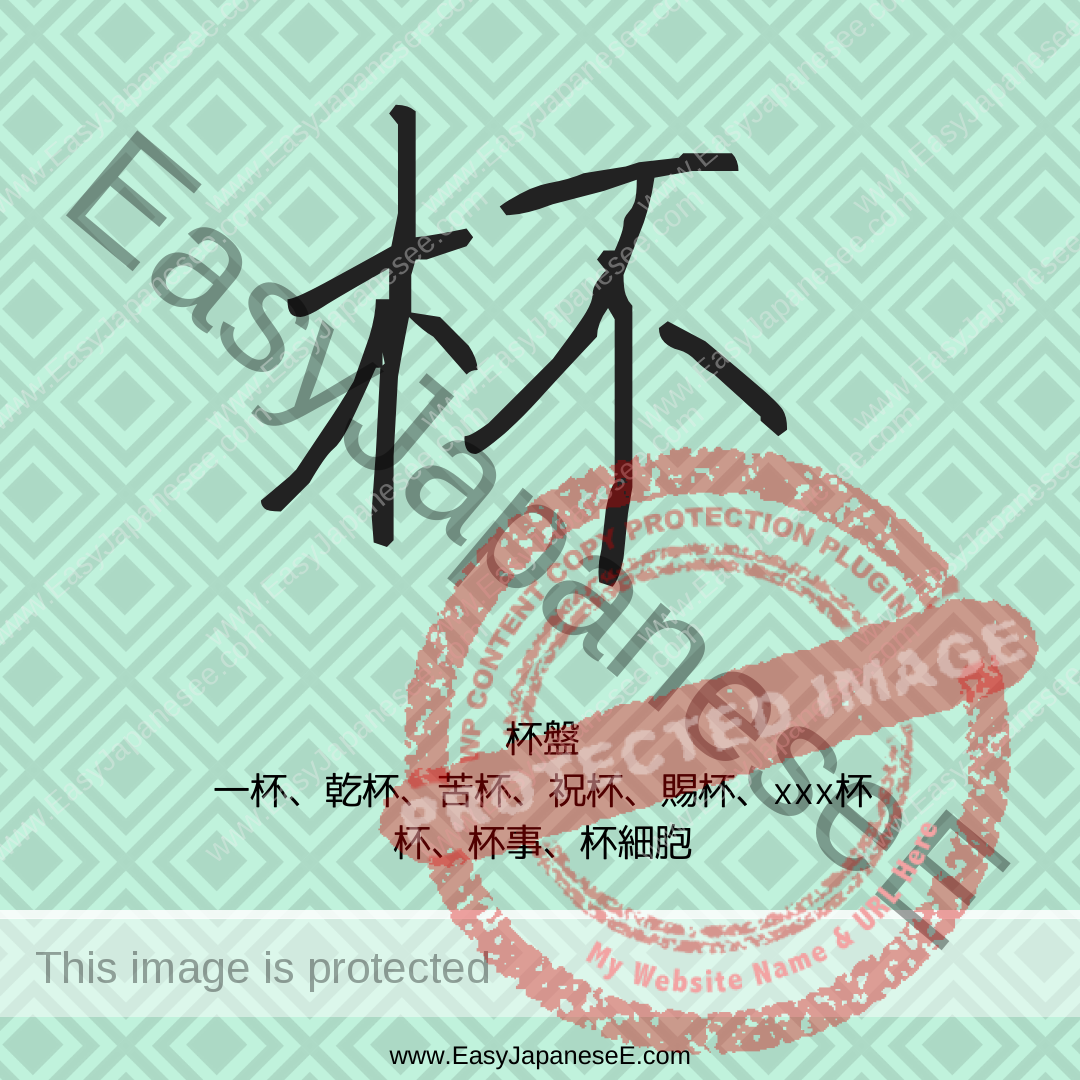
Today’s #kanji is #杯, which is listed under its semantic element of #きへん(木). Its phonetic element is 不 although 杯 and 不 don’t share a sound.
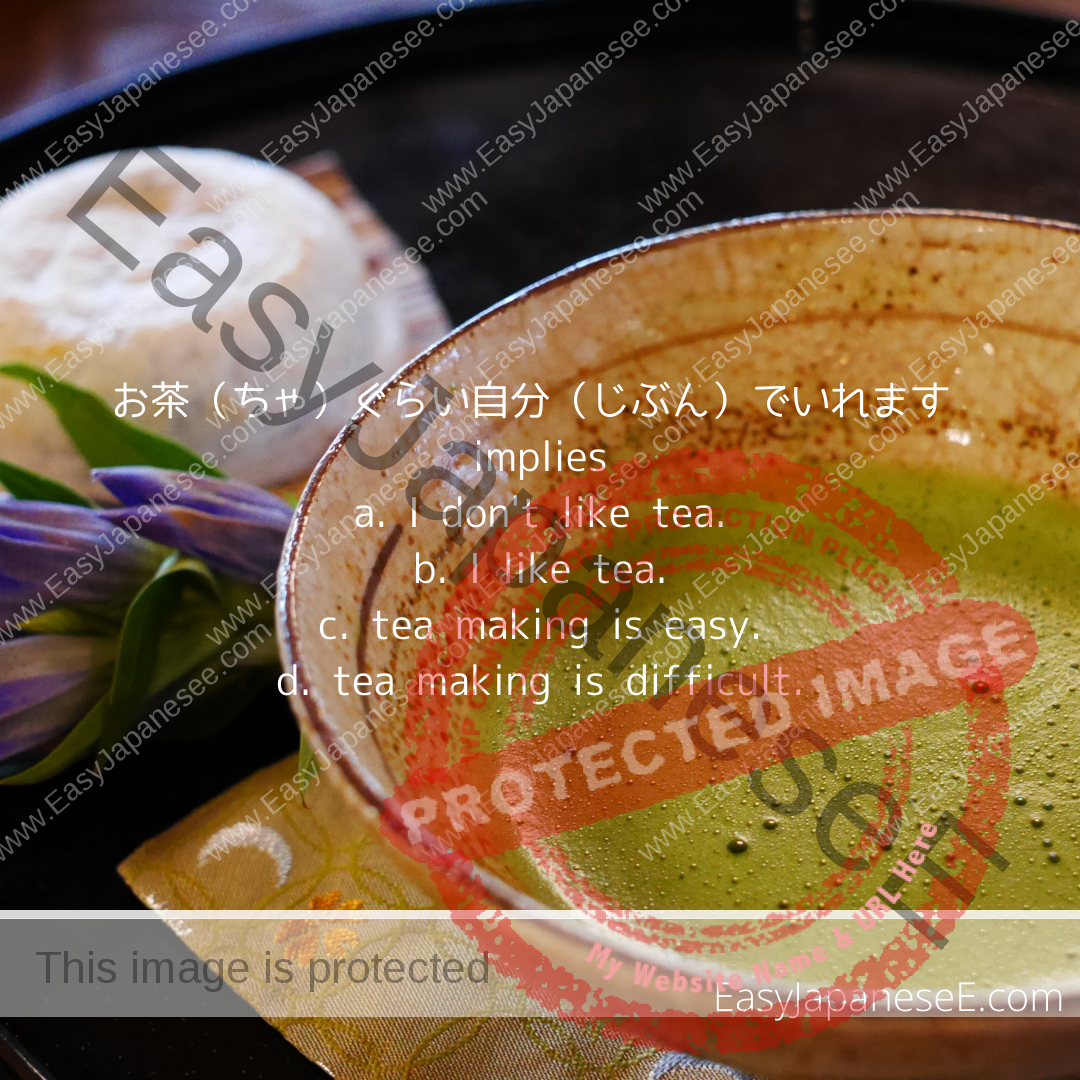
~くらい or ~ぐらい is used to emphasize how trivial a condition is or to explain an extent of a situation/condition using an example.
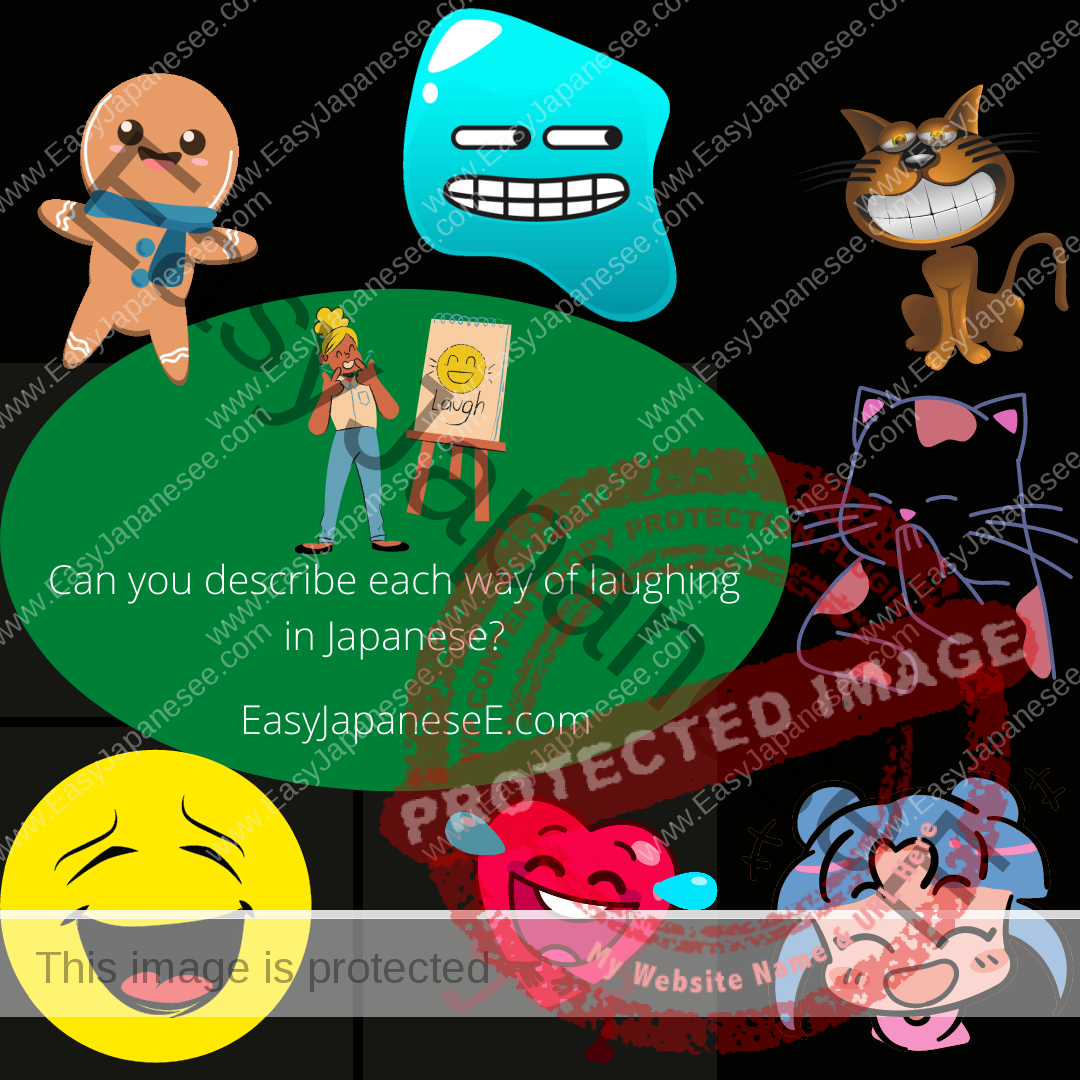
This post is about laughing. The most common Japanese word for “to laugh” is わらう and by adding something to it, we can describe different ways of laughter.
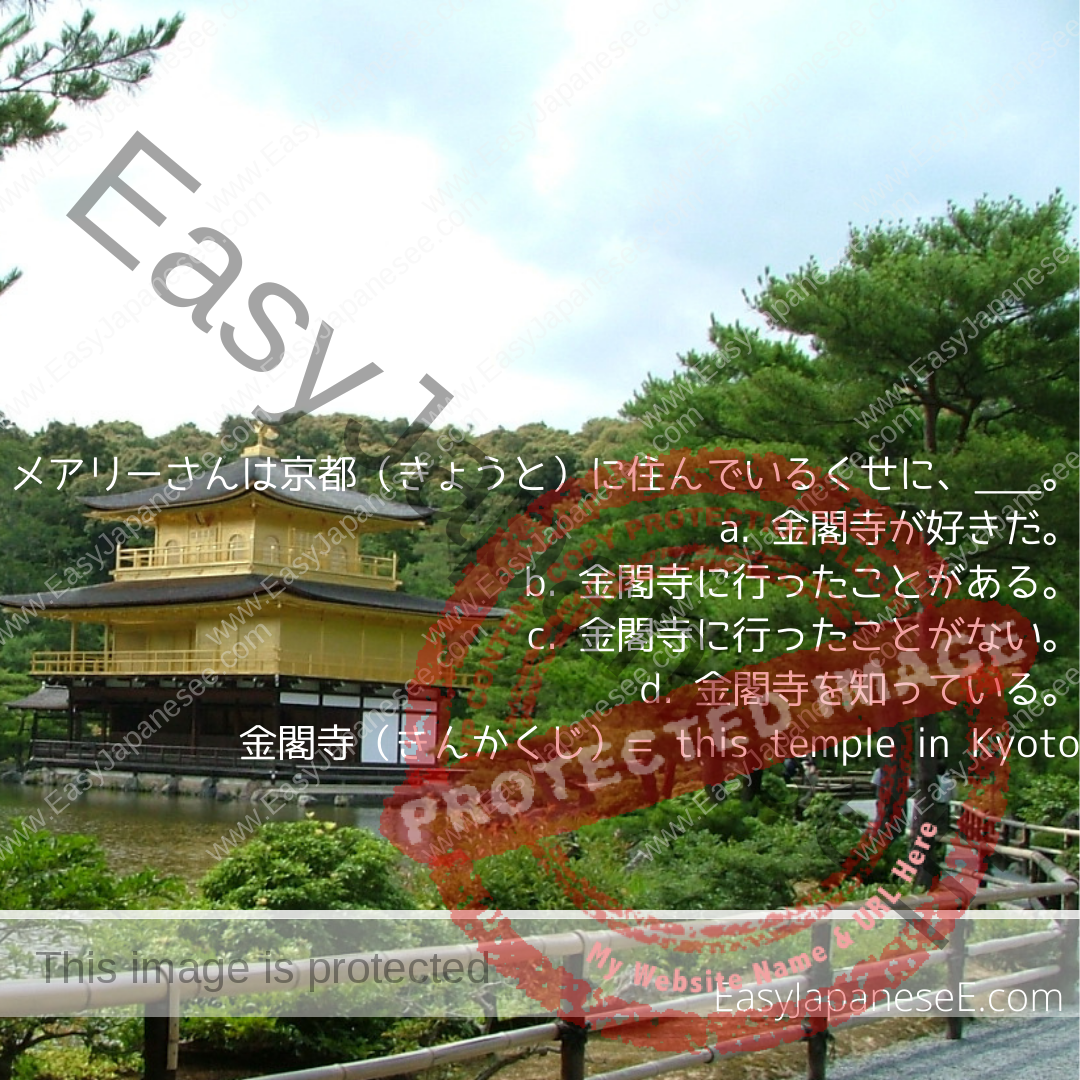
~くせに/くせして is usually translated as “although ~”, “despite ~”, etc. but it implies “criticism” or “reproach” against the other person’s action or status.
